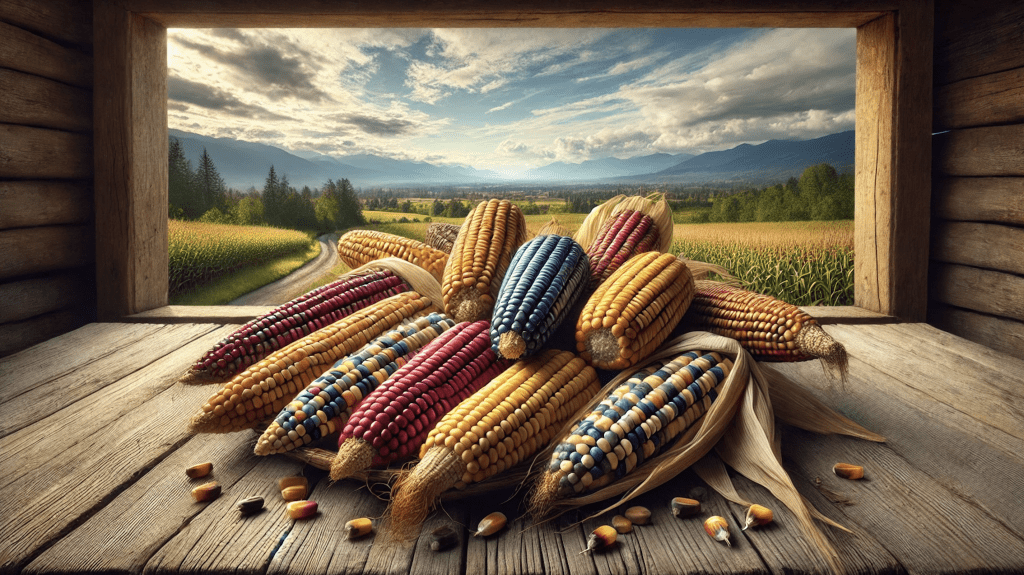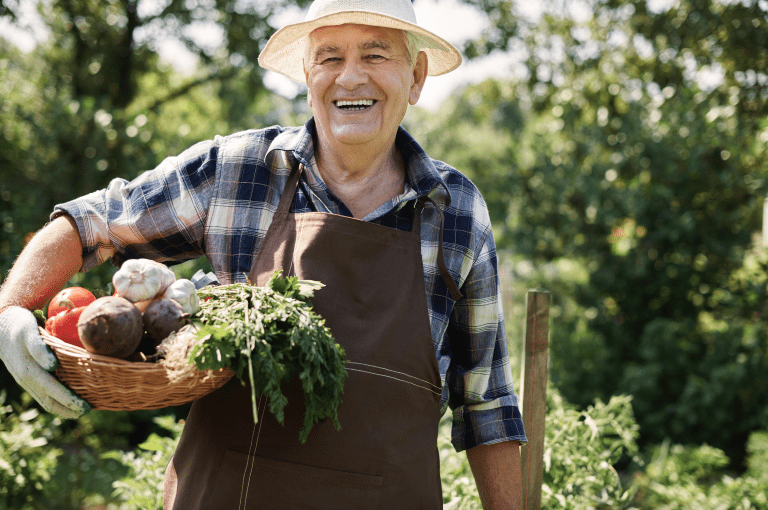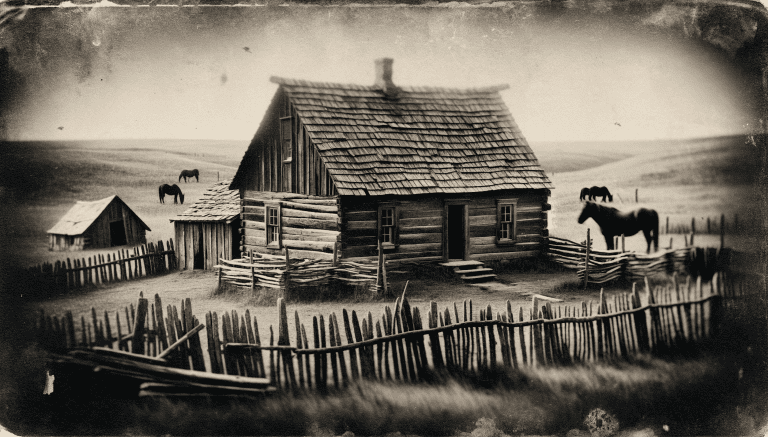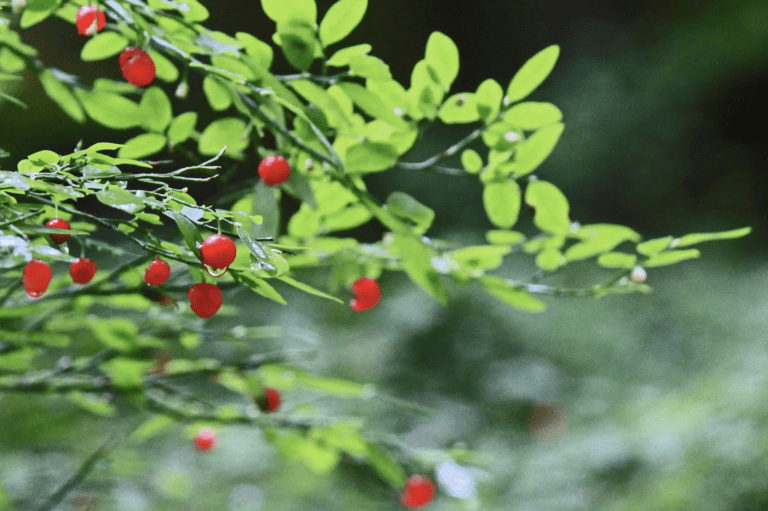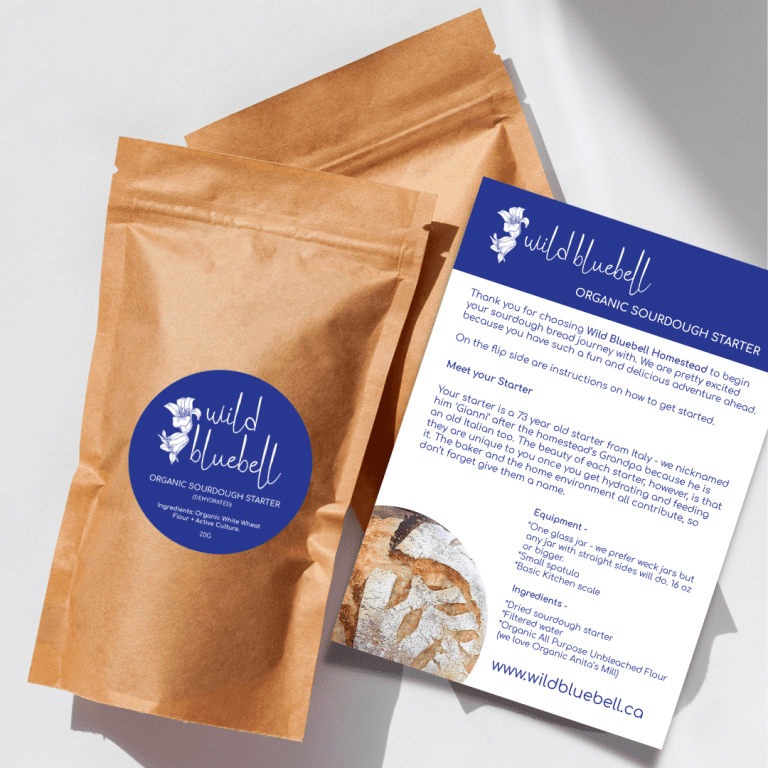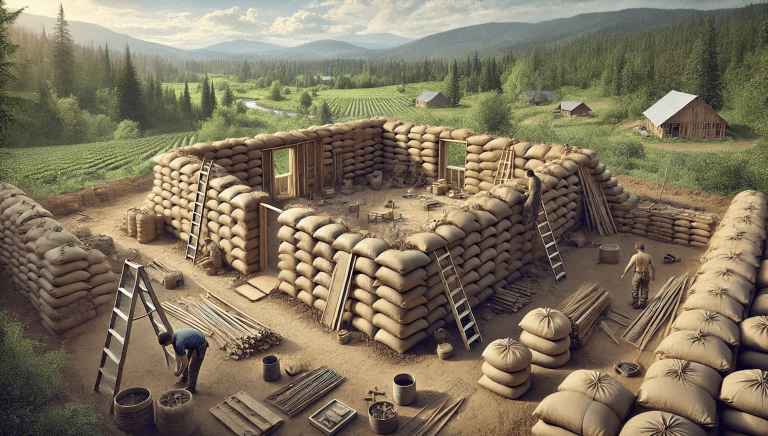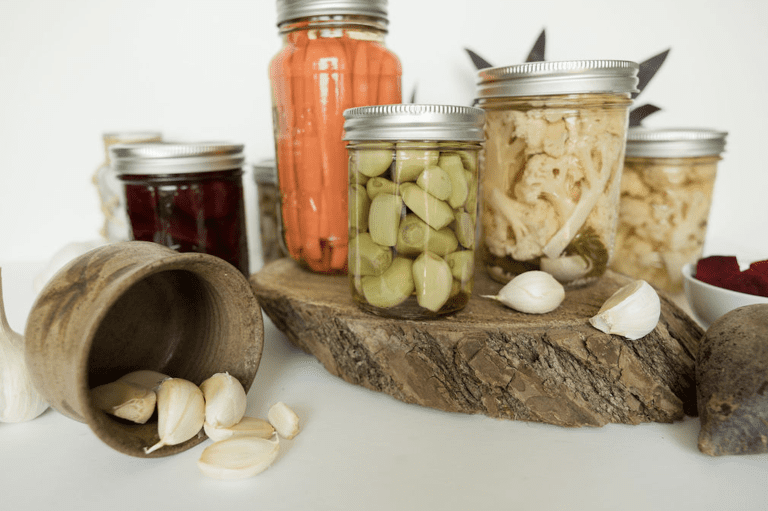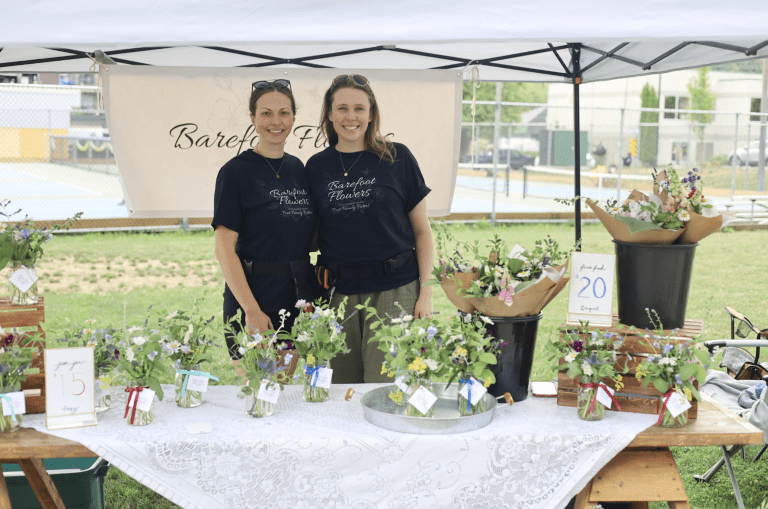Located in the heart of Canada, British Columbia’s agricultural landscape is as diverse as its culture and history. Among the many crops that flourish here, corn—also known as maize—holds a special place. From its ancient roots with the First Nations to its introduction and expansion by European settlers, corn has woven itself into the very fabric of British Columbia’s farming heritage. At Wild Bluebell Homestead, we celebrate this golden grain’s rich history and its significant role in shaping the agricultural industry in our province.
This blog post will take you on a journey through time, exploring the origins of corn in British Columbia, its journey from the fields of First Nations communities to becoming a staple in modern agriculture. We will delve into the contributions of both indigenous peoples and European settlers, highlighting the nuances and transformations that have brought corn cultivation to where it stands today. So, grab a warm beverage and settle in as we uncover the fascinating history of corn in British Columbia.
Origins of Corn in British Columbia: The Indigenous Heritage
Long before European settlers arrived in British Columbia, corn was a vital crop for the indigenous peoples of North America. The First Nations communities, particularly those along the coast and in the southern interior, had long recognized the value of corn, or “maize,” as they referred to it. Corn was not only a food source but also a symbol of life and sustenance, deeply embedded in the spiritual and cultural practices of these communities.
The cultivation of corn in what is now British Columbia can be traced back thousands of years, with evidence suggesting that it was introduced through trade networks extending from the southern parts of North America. These trade routes allowed for the exchange of goods, knowledge, and agricultural practices, with corn becoming an integral part of the diet and culture of the indigenous peoples in the region. Varieties such as flour corn and flint corn were grown for their adaptability to the region’s diverse climate, serving as essential crops in a diet that included fish, game, and other native plants.
The Arrival of European Settlers: A New Era for Corn Cultivation
The arrival of European settlers in the 18th and 19th centuries marked a significant turning point in the history of corn in British Columbia. The settlers brought with them new agricultural practices, tools, and seeds, including varieties of corn that were different from those traditionally cultivated by the First Nations. European settlers, particularly those from Britain and France, introduced sweet corn varieties, which were more palatable for fresh consumption, compared to the more starchy and durable varieties grown by indigenous communities.
As European agricultural methods were implemented, corn farming began to expand. The fertile lands of the Fraser Valley and other regions in British Columbia proved to be ideal for corn cultivation. The settlers’ focus on commercial agriculture led to the development of corn as a cash crop, primarily used for livestock feed, but also increasingly for human consumption in the form of cornmeal, flour, and even whiskey.
By the late 19th and early 20th centuries, corn had firmly established itself as a staple crop in British Columbia’s agriculture, with both European and indigenous varieties being grown. The agricultural practices introduced by settlers were blended with traditional indigenous knowledge, leading to the development of hybrid strains of corn that were better suited to the local climate and soil conditions.
The Evolution of the Corn Industry: From Subsistence to Commercial Farming
Throughout the 20th century, the corn industry in British Columbia continued to evolve. Advances in agricultural technology, such as the development of hybrid seeds, mechanization, and improved irrigation systems, transformed corn farming from a subsistence activity to a large-scale commercial enterprise. The Fraser Valley emerged as the epicenter of corn production, thanks to its rich soil and favorable climate. Here, corn became a key crop for both local consumption and export.
The post-war period saw an increased demand for corn as livestock feed, which further fueled the growth of the industry. Farmers began to specialize in growing corn for silage, a type of preserved feed used to sustain cattle during the winter months. This shift towards commercial farming was supported by government initiatives and agricultural research that aimed to increase productivity and ensure food security in the region.
Today, British Columbia’s corn industry is a testament to centuries of agricultural development and cultural exchange. While much of the corn grown in the province is still used for animal feed, there has been a resurgence of interest in growing traditional varieties for human consumption. Farmers markets and organic farms across the province now offer heirloom varieties of corn, reconnecting modern consumers with the agricultural heritage of the region.
First Nations Heritage and Modern Revival: A Cultural Reconnection
In recent years, there has been a growing movement to revive the traditional agricultural practices of the First Nations, including the cultivation of indigenous varieties of corn. This revival is not only about preserving agricultural biodiversity but also about reclaiming cultural heritage and fostering a deeper connection to the land.
First Nations communities in British Columbia are increasingly involved in projects that aim to restore traditional corn varieties and cultivation methods. These initiatives are often collaborative, involving partnerships between indigenous groups, academic institutions, and government agencies. The goal is to create sustainable agricultural practices that honor the cultural significance of corn while also providing economic opportunities for indigenous communities.
At Wild Bluebell Homestead, we are proud to support these efforts by incorporating indigenous corn varieties into our own eating practices. We believe that by growing and promoting these heirloom varieties, we can contribute to the preservation of British Columbia’s rich agricultural heritage and promote a more sustainable and culturally inclusive food system.
The Current State of the Corn Industry: Challenges and Opportunities
The corn industry in British Columbia, like many agricultural sectors, faces its share of challenges. Climate change, land use pressures, and fluctuating market demands all pose significant threats to the sustainability of corn farming in the region. However, these challenges also present opportunities for innovation and growth.
One of the key trends in the modern corn industry is the shift towards sustainable and organic farming practices. Consumers are increasingly demanding products that are not only high in quality but also environmentally friendly. In response, farmers in British Columbia are adopting practices such as crop rotation, reduced pesticide use, and the cultivation of genetically diverse corn varieties that are more resilient to changing climate conditions.
The growing interest in local and organic food has also led to a renewed focus on direct-to-consumer sales, with farmers markets and farm-to-table initiatives playing a crucial role in connecting consumers with locally grown corn. This trend is helping to support small-scale farmers and promote agricultural diversity in the province.
Closing Thoughts
The history of corn in British Columbia is a story of cultural exchange, adaptation, and innovation. From its ancient roots with the First Nations to its expansion under European settlers and its modern-day revival, corn has been a vital part of the province’s agricultural landscape. At Wild Bluebell Homestead, we honor this rich history by enjoying both traditional and modern varieties of corn, ensuring that this golden grain continues to thrive in British Columbia for generations to come.
As we look to the future, we remain committed to supporting sustainable farming practices that respect the land and its history. By embracing both the old and the new, we hope to contribute to a vibrant and resilient agricultural community that reflects the diversity and richness of British Columbia’s heritage. Thank you for joining us on this journey through time, and we invite you to continue exploring the many stories of our beloved province’s agricultural past and present.

